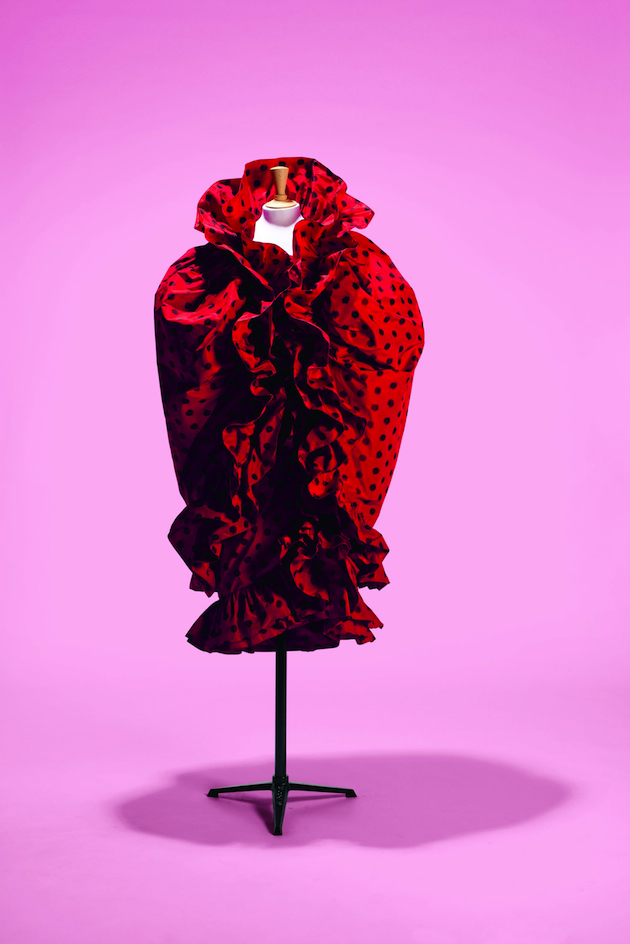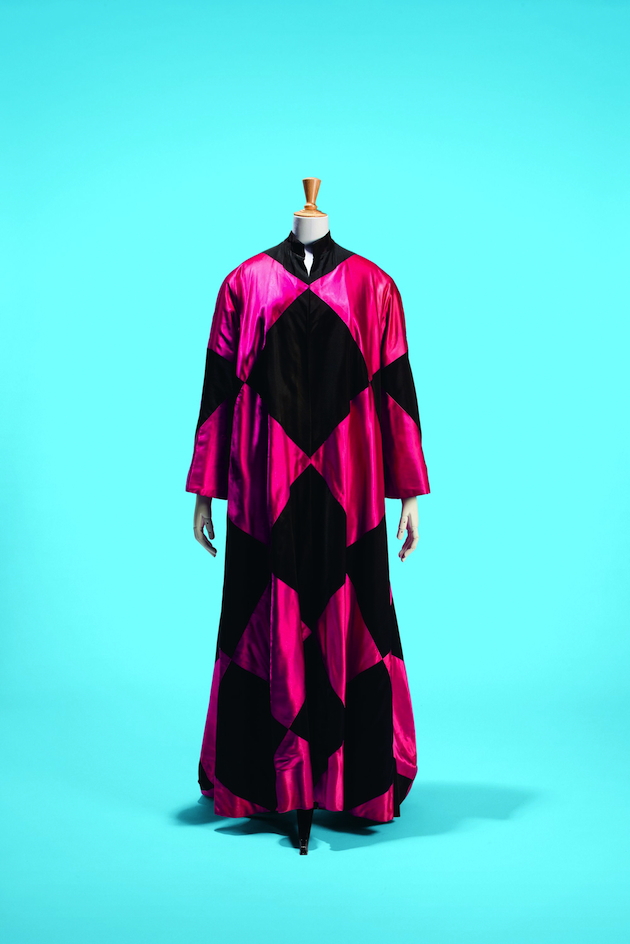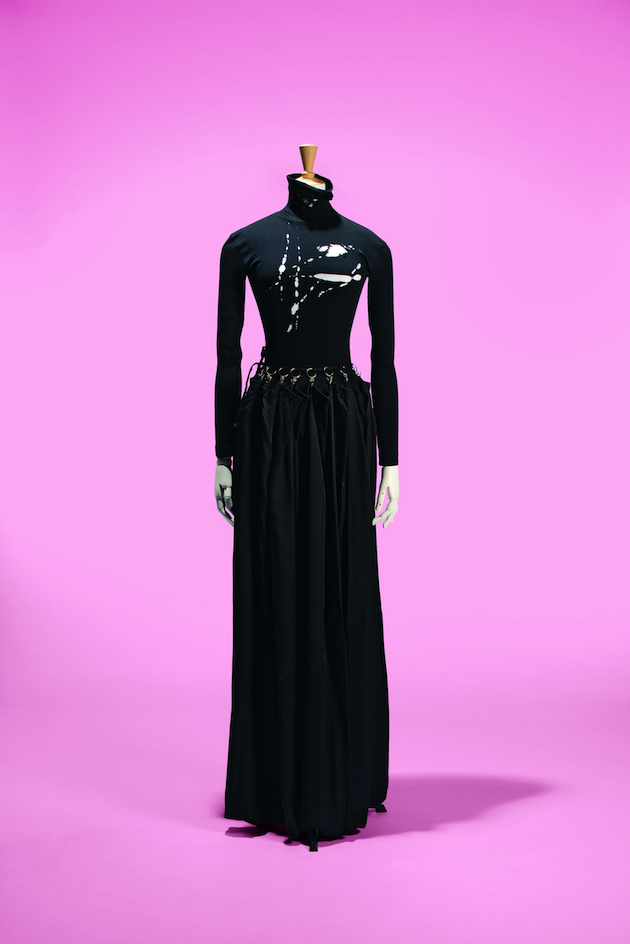
Italo Calvino, in his book The Invisible Cities, states that the delight one can have from a town lays not in its wonders, but in the answers it can give to the questions the person asks to the city itself. In many cases, these answers are so unforeseen and, still, glaring that they immediately get to the core, shaping thoughts, feelings and, of course, practices. Among all the mythical places of fashion, Paris surely holds a privileged position, and this has been true since the very beginning of the modern concept of fashion itself. The stories of fashion with Paris as its main scenery are many; perhaps, any fashion story has something to say about the city. Still, if we read them carefully, it becomes clear that most of the time, Paris is not only the setting, but an actual character, actively interacting with other actors on the scene. Fashion Mix, the exhibition now on view at Palais de la Porte Dorée in Paris, showcases the many stories of the fascination – love stories, we would dare to say – that foreign designers have had and continue to have with Paris, confirming its legendary role as the main stage of the global history of fashion.

A mutual relationship, that between international designers and the city, established a style so diverse and declinable, but always ascribable to the ‘Parisian Flair’ – the so-called Allure Parisienne. The exhibition wants to be a journey between all the ramblings that have brought designers from all over the world from being foreigners to become part – and sometimes symbols – of the city and its established imaginary. The exhibition, curated by Olivier Saillard, stages nearly a hundred objects, between clothes and accessories, most of them coming from an almost entirely renovated archive of the Palais Galliera, drawing an imaginary line between Charles Frederick Worth to Martin Margiela, Cristobal Balenciaga to Riccardo Tisci, passing through Schiaparelli, Galliano, Miyake, Yamamoto and many others. It also counts many unseen materials, such as registration documents, official files, naturalisation applications, coming from both private and public archives, gathered by the Musée de l’histoire de l’immigration.

Fashion Mix stands as a manifesto of the enormous value of cross-pollination and influences within design practice, which becomes complex, and thus more interesting, when peppered with the clash of habits and cultures. Paris comes out from the exhibition as the active host of these movements, convoluted and simple, and the real enhancer of their effects: in the late 1880s, the city saw the dawning of the Couture by hand of an Englishman, as if the city had somehow called for it. The city still is home to the most established and awaited of the fashion weeks, calling up designers from all over the world to show their own collections, but above all to design for its historical fashion houses. Clothes, with their object nature, have the power to hold together as many references and memories as the person who designed them has been able to instil. Here, clothes are the material witnesses of the inevitable influence of Paris upon creative minds with the most different backgrounds, education, tastes, tempers. A prove that the city has given incredible responses to all of their questions.
Marta Franceschini
